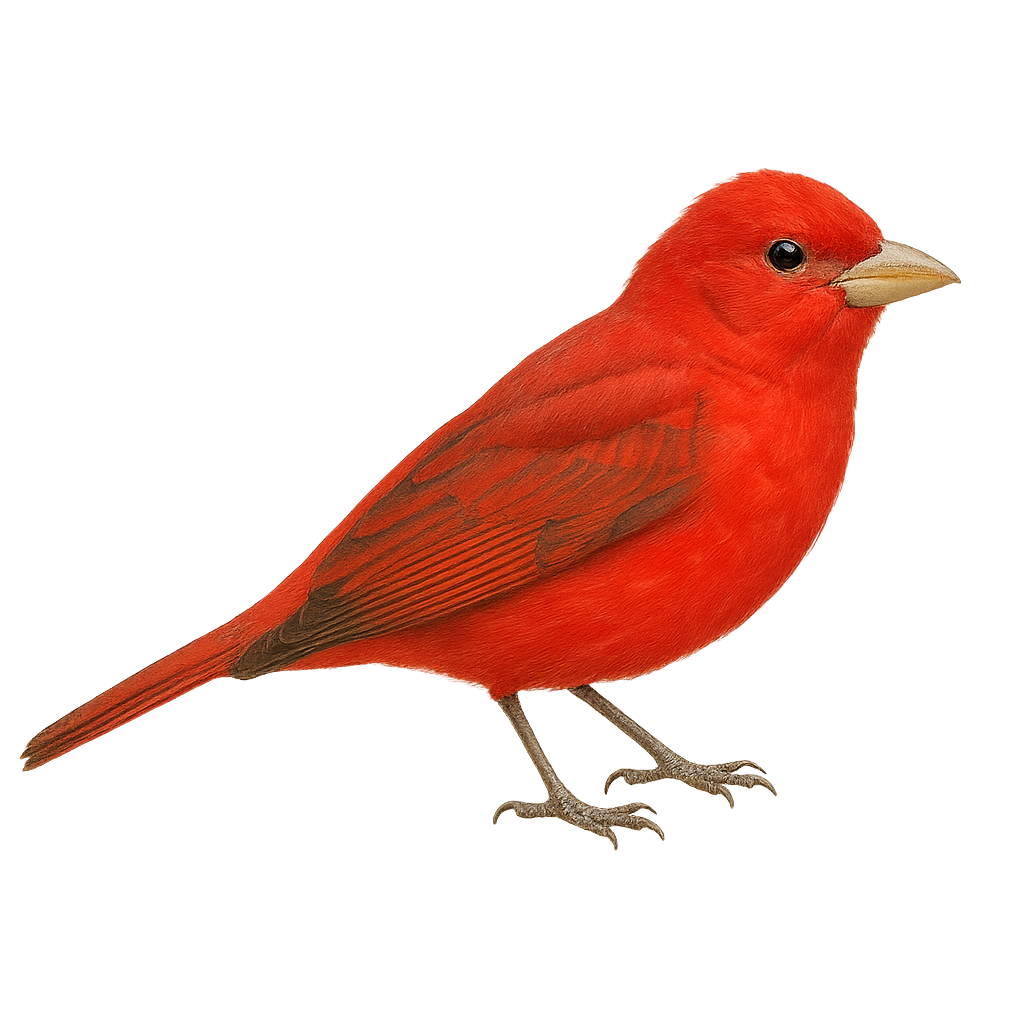Your wildlife photography guide.
Explore the summer tanager in detail, study its behavior, prepare your shots.
Where to observe and photograph the summer tanager in the wild
Learn where and when to spot the summer tanager in the wild, how to identify the species based on distinctive features, and what natural environments it inhabits. The WildlifePhotographer app offers tailored photography tips that reflect the summer tanager’s behavior, helping you capture better wildlife images. Explore the full species profile for key information including description, habitat, active periods, and approach techniques.
Summer Tanager
Scientific name: Piranga rubra

IUCN Status: Least Concern
Family: CARDINALIDAE
Group: Birds
Sensitivity to human approach: Suspicious
Minimum approach distance: 10 m
Courtship display: May to June
Incubation: 11-13 jours
Hatchings: May to July
Habitat:
Open forests, edges, wooded areas
Activity period :
Primarily active during the day, with peak activity in the morning and late afternoon.
Identification and description:
The Summer Tanager, or Piranga rubra, is a medium-sized songbird known for its vibrant coloration. Males display bright red plumage, while females and juveniles have yellow to greenish hues. This bird is primarily insectivorous, feeding on wasps and bees, but also consumes fruits. It inhabits open forests, edges, and wooded areas. A migratory species, it spends summers in North America and winters in Central and South America. Its melodious song and distinctive calls make it a favorite among birdwatchers and nature enthusiasts.
Recommended lens:
400mm – adjust based on distance, desired framing (portrait or habitat), and approach conditions.
Photography tips:
To photograph the Summer Tanager, choose sunny mornings when natural light highlights its vibrant colors. Use a 400mm or longer telephoto lens to capture details without disturbing the bird. Be patient and discreet, hiding behind trees or bushes to avoid scaring it away. Listen for its distinctive song to locate its position. A tripod can be helpful to stabilize your camera, especially when using a long focal length.
The WildlifePhotographer App is coming soon!
Be the first to explore the best nature spots, track rutting seasons, log your observations, and observe more wildlife.
Already 1 431 wildlife lovers subscribed worldwide

